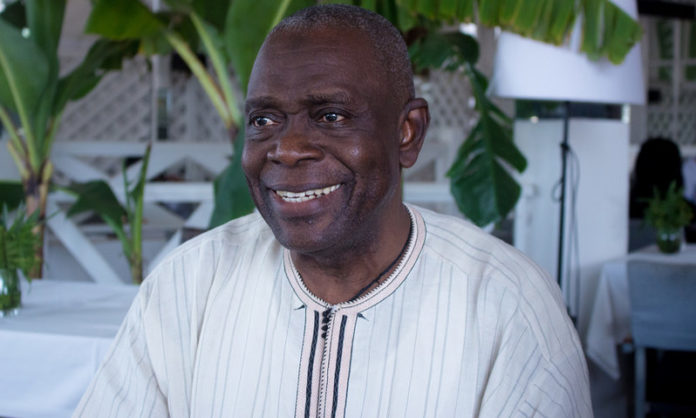The Minister of Finance and Economic Affairs has said that the performance of the energy sector has been disappointing, adding that with the generation capacity below the required 70 MW for supply stabilization, the Ministry has registered technical losses of about 26 percent.
Hon. Amadou Sanneh made these remarks at the National Assembly while delivering the Budget Speech before lawmakers on Friday.
“With the support from development partners, the government has prepared an electricity sector roadmap taking into account emergency plan measure for 2017 to stabilize the grid and chart the medium to long-term path to 2020 and beyond. By end December 2017, about 40MW would added to the generation capacity through engines rehabilitations and commissioning.
The second phase (2018-2020) will close the generation gap with a corresponding investment on transmission and distribution (T&D), as well as negotiating the first Independent Power Purchase (IPP). The third phase will scale up generation through IPPs to 300MW targeting energy mix 60:40 percent of HFO and Renewable Energy,” he said.
According to him, as part of efforts to maximize gains from their natural resources, the ministry has active joint venture partnership between Erin-FAR Energy, which is expected to finalize exploration and begin drilling next year.
He noted that the government is investing the activities of operators in minerals and sand mining including ilmenite, zircon, and rutile.
“The revelations of the Commission would lead to the regularization of the status of the licences in the interest of the Gambian people,” he added.
He told members that an MoU and Power Purchase Agreement (PPA) for electricity importation from Senegal was signed on 25 August 2017, noting that coverage would expand as some sections/gaps within the transmission lines (Illiassa- Farafenni) are connected and the inter-connection point of Amdalaye completed.
He stated that the Rural Electrification Extension Programme is progressing well which would see electrification of additional 44 rural communities by expansion of the network and add 2.5MW HFO generation capacity in Basse and Farafenni installed.
Furthermore, he continued the government of India has also provided a concessional loan of US$22.5 million to bring electricity to over 80 communities in Kiangs. The National Renewable Energy Action Plan (NREAP) 2015-2030 is in line with targets of the ECOWAS Renewable Energy Policy and the Gambia intends to achieve 24 MW and 70 MW of installed renewable energy capacity by 2020 and 2030 respectively.
Source: Standard Newspaper




